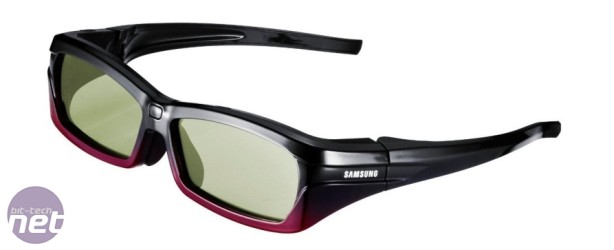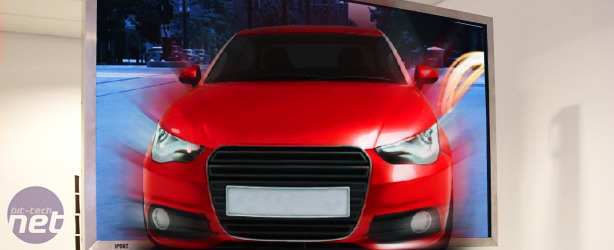Can 3D Shed Its Need For Glasses?
A lot of companies are pushing 3D hard right now; it’s tipped by many as the next big thing and manufacturers are positively queuing up to sell consumers anything with the word 3D in the title. However, there is one major factor holding back 3D - those silly glasses. ‘It looks great, but I don’t like the glasses’ is one of the most common comments you hear at any 3D themed event and we’re not the only ones to have noticed.Both Sky TV and Virgin Media, the biggest two subscription TV providers in the UK, both believe that glasses-free 3DTV is what’s needed to push the technology forward and expand the market. ‘We are not a TV manufacturer, but glasses-free would be a great boost for the industry,’ says John Classy, director of 3D TV at Sky.
Kevin O’Neil, head of VOD at Virgin Media concurs, explaining that ‘3D should be a glasses-less experience in the home as soon as possible.' We were therefore intrigued when iPont told us that it wanted to show us its proprietary glasses-free 3DTV technology at the Screen Media Expo last week.

The need for glasses still puts many people off 3D
The company's marketing manager Tamas Motajcsek is quick to point out that glasses-free technology is nothing new; the technology to make the auto-stereoscopic screens needed to produce a glasses-free 3D image has been around for a while now, and is already available to buy on any high street in the form of the Nintendo 3DS. As a result, many of the large screen manufacturers are currently working on (or in some cases have already released) living room sized auto-stereoscopic screens already.
What's currently missing from the glasses-free 3D mix, however, is the content, as normal stereoscopic 3D content simply doesn’t work on an auto-stereoscopic screen. This is where iPont comes in, as the company has developed an algorithm to convert traditional dual camera stereoscopic content into the multi camera auto-stereoscopic content needed for glasses-free 3D.
‘This is doing real-time video conversion from stereoscopic content to without-glasses content,’ says Motajcsek, pointing to a small form factor PC sitting below a sizeable auto-stereoscopic screen. ‘It’s taking the side-by-side stream that you get with a normal stereoscopic 3DTV service, and adding virtual cameras to create the number of views the auto-stereoscopic screen needs.’

The auto-stereoscopic effect is better at giving images depth than making them pop out of the screen
It’s the concept of ‘views’ that makes large auto-stereoscopic screens different from their stereoscopic brethren. Anyone who has used a 3DS knows that its auto-stereoscopic effect, which is only designed to cater for a single person, only works in a very focused spot; stray out of this area and the action on screen will look blurry or disjointed. Auto-stereoscopic TVs have the same problem, but it’s one that manufacturers and content creators have found they can work around by using more cameras, or views, when filming scenes.
These extra cameras give an auto-stereoscopic screen wider viewing angles and more ‘sweet spots’ in which people can sit, as they simply provide more information from which the picture can be constructed. Producing content that works on the five, eight or nine-view screens that exist (28-view screens have even been demoed) is expensive, however, as you need a camera for every view.

MSI MPG Velox 100R Chassis Review
October 14 2021 | 15:04









Want to comment? Please log in.